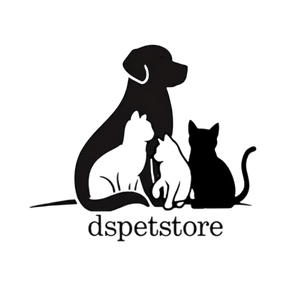How to Choose the Best Pet Food Brands (Understanding Labels and Ingredients)
Selecting high-quality pet food is essential for your pet’s health, energy, and longevity. With so many brands available, making the right choice comes down to understanding what’s on the label and the quality of ingredients inside the bag. Here’s a practical guide:
What to Look for in a Pet Food Brand
- Named Animal Proteins First: Ensure real meat, poultry, or fish (like chicken, lamb, salmon) appears as the first ingredient. Brands listing generic terms ("animal meal" or "meat by-products") may use lower-quality sources.
- Balanced Nutrition: Good brands offer complete and balanced profiles—adequate protein, healthy fats, essential vitamins, and minerals—tailored for your pet’s age, breed, and health status.
- Transparency: Reputable brands share ingredient sourcing, manufacturing details, and have clear nutritional adequacy statements, often following guidelines set by AAFCO or the equivalent.
How to Read Pet Food Labels
1. Ingredients List
Ingredients are listed in order of weight. The first few should be high-quality proteins followed by whole grains, vegetables, and healthy fats. Watch out for excessive fillers (corn, soy, wheat) and unspecified “meat meals”.
2. Guaranteed Analysis
This panel breaks down the percentages of protein, fat, fiber, moisture, and sometimes added nutrients like omega-3s or calcium, helping you compare nutrient content.
3. Nutritional Adequacy Statement
Look for statements like “complete and balanced” or AAFCO compliance—this means the food meets recognized nutritional standards for the stated life stage (puppy/kitten, adult, senior).
4. Calorie Content
Calories per cup or serving help guide appropriate feeding amounts, critical for pets’ weight management.
Best Practices When Choosing Brands
- Consider Breed and Life Stage: Puppies, adults, and seniors have different needs. Some brands (like Royal Canin, Orijen, Farmina) offer life-stage and breed-specific recipes.
- Avoid Marketing Gimmicks: Words like “premium,” “natural,” or “holistic” don’t guarantee quality. Read ingredient lists rather than claims on the packaging.
- Check for Allergies/Sensitivities: If your pet has sensitivities, opt for grain-free, hypoallergenic, or single-protein foods, and monitor ingredient changes.
- Compare Brands Using Trusted Tools: Reputable resources (like WSAVA’s Pet Nutrition Alliance reports) or expert reviews help compare manufacture standards and transparency.
- Don’t Switch Foods Too Rapidly: Sudden changes can upset digestion—introduce new foods gradually.
Trusted Pet Food Brands (India & Global)
Commonly recommended brands (offering quality, safety, and varied nutrition) include:
- Royal Canin: Breed- and life-stage-specific, trusted quality.
- Orijen: High-protein, biologically appropriate, no fillers.
- Acana: Grain-free, high in animal ingredients, good for sensitive pets.
- Farmina: Vet-formulated, high biological value ingredients.
- Hill’s Science Diet: Often recommended by vets for therapeutic and routine diets.
- Pedigree: Affordable, widespread, meets standard nutrition needs.
- Also Notable: Arden Grange, JerHigh, Purina, and fresh or personalized options from brands like The Farmer’s Dog and FreshPet for those open to different formats.

Quick Checklist
- Real, named protein as first ingredient.
- Meets AAFCO/WSAVA or equivalent guidelines.
- Free of unnamed animal by-products and unnecessary fillers.
- Transparent manufacturing and ingredient sourcing.
- Suitable for your pet’s age, breed, and any special dietary needs.
- Consult your vet for personalized recommendations.
By understanding labels and prioritizing reputable brands, you’re empowering your pet to thrive with every meal.


